All about QLED technology
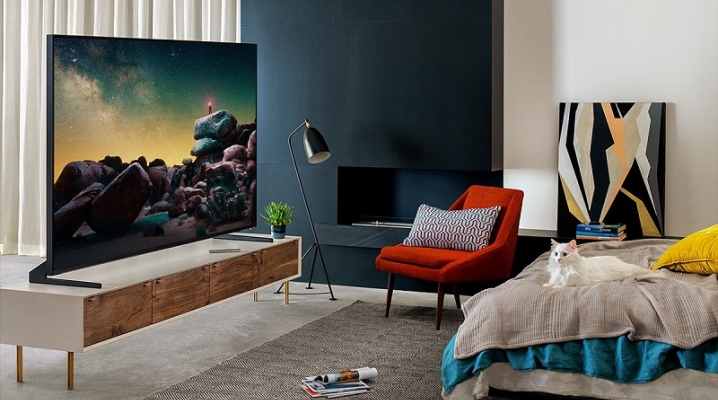
With the advent of QLED TVs, questions about what kind of technology it is, why it is better than Nano Cell and other options are often heard. Indeed, the use of quantum dots makes it possible to radically change the very approach to rendering colors on the screen. To evaluate all the pros and cons of the technology, it is worth studying in more detail the differences between the matrix and LED monitors, comparing it with other types.
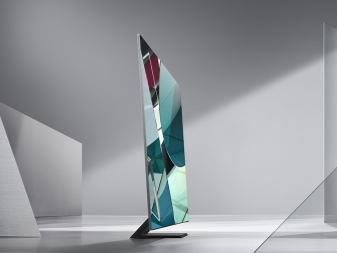
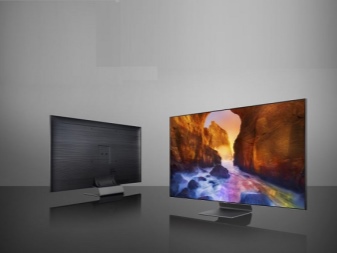
What it is?
QLED is a technology first introduced by Samsung in 2011 and is widely used today in the manufacture of TV screens and PC monitors. Its main feature is the use of quantum dot - quantum dots responsible for displaying the primary colors of the spectrum: red, green, blue. The very name QLED means that in addition to LED backlighting, innovative components are used in the display.
People come across quantum dot LEDs much more often than they think. In LCD TVs, their features are especially obvious, but a phone with an OLED display is also a quantum dot, only slightly modified. The marketing name QLED is owned by Samsung.
In the performance of other manufacturers, the same technology is called Triluminos, ULED, NanoCell. The use of quantum dots provides high brightness and contrast, excellent color reproduction in direct sunlight and in the dark.
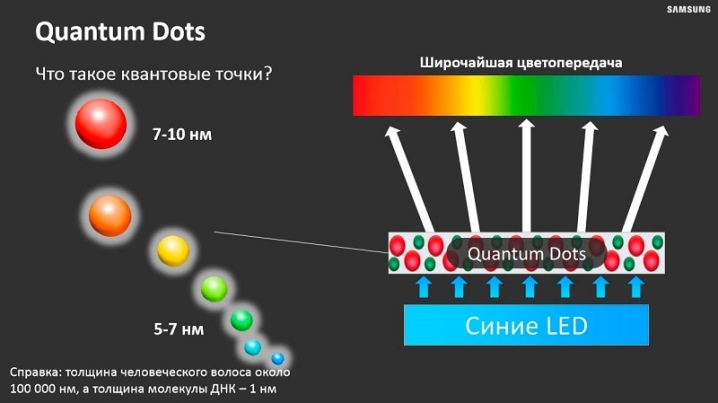
The original development of QD Vision was aimed at creating a screen that fully exploits the electroluminescent properties of quantum dots. They were chosen for their technology by LG Electronics. Samsung limited itself to using the photoluminescent properties of the materials. They provide improved characteristics of the backlight of liquid crystal displays, allow you to make the color spectrum more realistic, close to natural.
QLED-based screens today use QDEF, a special film with quantum dots deposited on it. It can be seen in Amazon tablets, ASUS laptops, Samsung TVs, Philips, Hisense, TLC. In this case, a multilayer structure is created inside the liquid crystal panel of an LED blue backlight layer, liquid LCM crystals and a film on which green and red quantum elements of different sizes are applied. When all colors are mixed, white is formed, which is passed through a BEF filter to obtain other shades of the light spectrum.
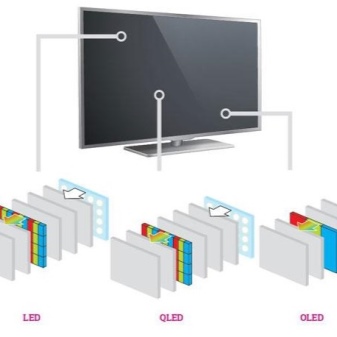

Advantages and disadvantages
QLED technology has its advantages and disadvantages. The following characteristics are considered its main advantages.
- High definition of the image. This category of QLED screens simply has no competitors. They were the first to be used to implement 4K, 8K HDR. Where requirements are imposed on high-resolution images, quantum dots are absolutely irreplaceable.
- Excellent color rendering. It is directly related to clarity. In QLED screens, the number of possible color options reaches 9 billion, which allows you to convey the slightest nuances and transitions, more clearly display shadows, outlines of objects.
- Increased brightness. It is ensured by the absence of a light filter that takes up to 30% of all radiated energy. Its maximum performance in QLED devices is 2000 nits, while in OLED it is no more than 800.
- Accelerated color change. Here it happens up to 2 times faster than its closest competitors.
- Inorganic structure. Such matrices are not subject to burnout, like their organic counterparts based on quantum dots.Accordingly, even after decades, the TV will consistently demonstrate high image quality.
- Energy efficiency. Energy savings of up to 20%.
- Affordable cost. QLED screens are much cheaper to manufacture, since they do not require major re-equipment of industrial lines. A layer with quantum dots was simply added to the traditional matrix.
- The presence of curved models with a "presence effect". Initially, their appearance was fraught with some difficulties, but the problem has been resolved.
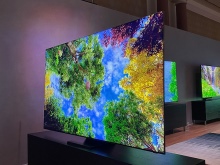
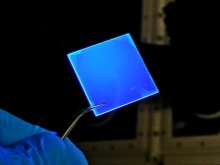
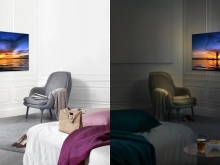
There are also disadvantages. It is customary to refer to them as the thickness of the screen - it is higher than that of competitors. The viewing angle is not too high here, which makes QLED TV less adapted to display panoramic shots.
Content in 4K, 8K is not yet widespread enough, its volumes are too small - this does not allow to fully appreciate all the features and advantages of such an ultra-high definition screen.

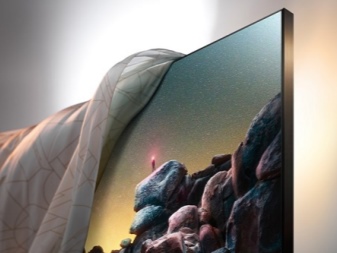
How is it different from other technologies?
QLED technology has its own differences from other options where screens are created using quantum dots. A similar matrix is available in devices based on Nano Cell, Triluminos. Even OLEDs with their OLEDs initially don't make that much difference to these devices. In order to better understand the similarities and differences, it is worth comparing all the options.
- QLED. Technology used by QLED Alliance members since 2017. It differs from LED by the presence of a film layer with quantum dots of 2 colors applied to its surface in a random order.
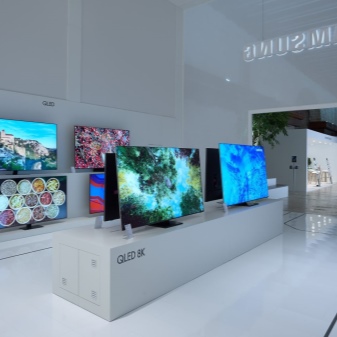

- QDOG. A new technology that provides for a thinner and cheaper production. In such screens, a glass sheet, on which a quantum layer is applied, serves as a light guide.
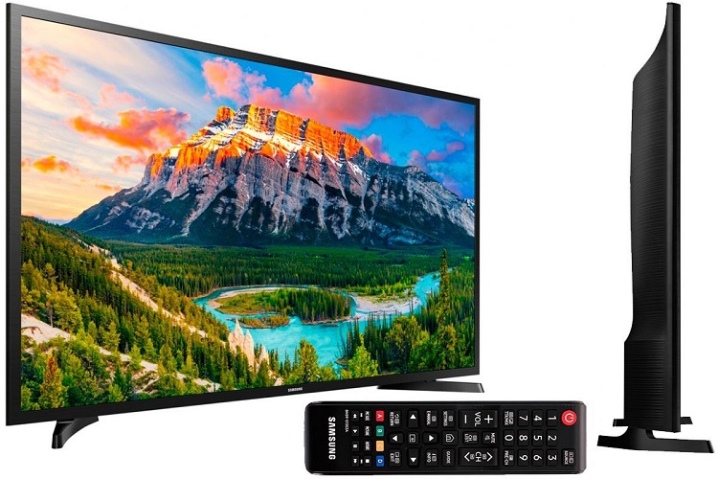
- LED. LCD screens with IPS-backlit WLED or RGB color rendition. The technology used is light-emitting diode, with the arrangement of energy sources on the sides, top or bottom at the end or over the entire area of the screen (Direct LED). It differs from QLED by the absence of an additional layer with quantum dots deposited on the film, increased power consumption.

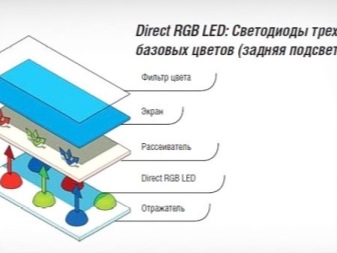
- OLED. This technology uses organic quantum LEDs to replace pixels. They do not need additional illumination, since they themselves have the ability to be electroluminescent. They have a shorter service life, can be produced in an ultra-thin design, roll up at any angle, and be made on flexible carriers.
They are better suited for installation on mobile devices.

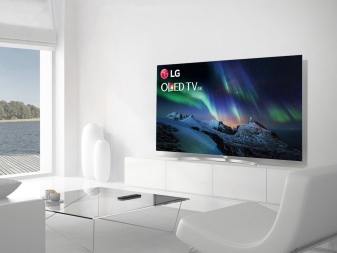
- Nano Cell. LG Display uses this technology in its monitors. Unlike QLED, here the nanoparticles are deposited on the surface of the white LEDs, rather than on an auxiliary light-scattering screen. In this case, the sizes of quantum dots turn out to be negligible - up to 2 nm. Their main task is to absorb light shades that do not have the desired wavelength.
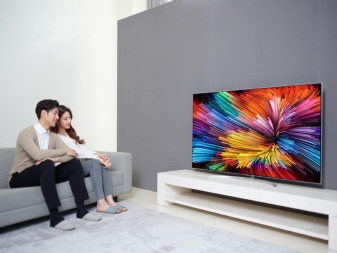

- Triluminos. Sony is the marketing name for QLED display technology. It also uses a special sprayed film to enhance the clarity of the picture on RGB LED screens. The company uses it in its 4K TVs.
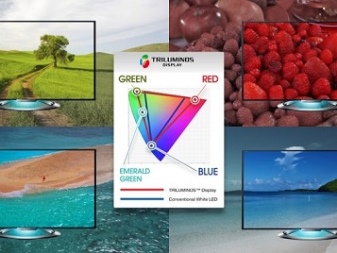
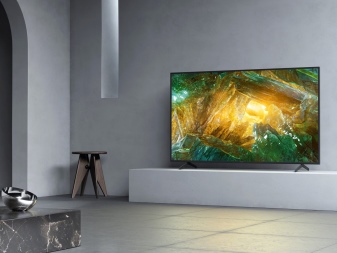
- Color IQ. Obsolete technology used in 2013 TVs from Sony, Hisense, TLC. It used a tubular illumination system in which light from the blue spectrum passed through a "tunnel" filled with red and green quantum dots. Light sources were located at the edges of the screen.
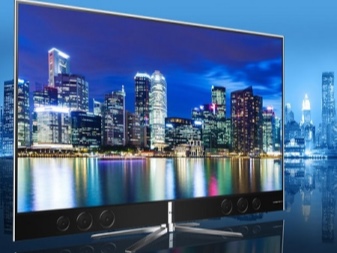
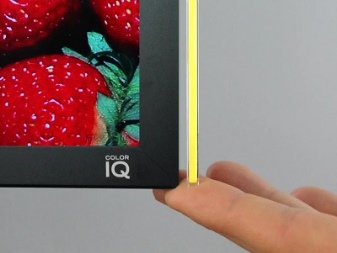
It is important to understand that for UHD image quality, only the QLED matrix is best suited, providing the maximum picture clarity. Summing up, we can say that such screens are better adapted to broadcasting a static image. - for example, in interior series, where the TV screen often acts as a "living picture". The use of a metal base in QLED matrices helps to prevent burnout and deterioration of the image quality.
OLED has its merits, such as the ability to turn off individual pixels, allowing you to adjust the black depth. But they are not suitable for working correctly with HDR, Dolby Vision.
It requires indicators of at least 1000 nits, while the limit of the organic matrix is still limited to 820 nits.
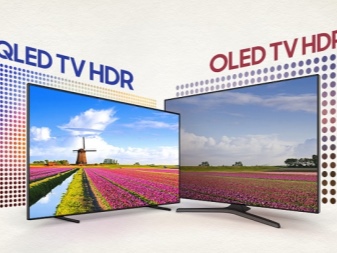
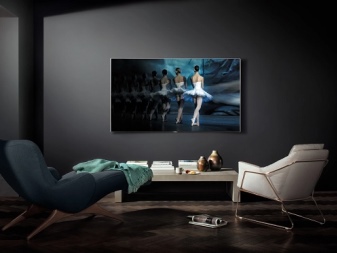
How to choose devices?
When choosing a device - a TV or a quantum dot display, it is necessary to carefully approach the determination of the parameters of technology. Buying a "pig in a poke" is definitely not worth it. It is also important in the store to make sure that the proposed model is in good working order, check it for dead pixels and compliance with all the declared characteristics. Simple recommendations regarding not only the parameters, but also the direct process of choosing a TV or screen in a store, will help to avoid many mistakes.
- Assessment of the external condition. A new TV must have all the protective films it is entitled to, unopened packaging, and a one-piece case without scratches. Any traces of exploitation indicate that the equipment has been in use, possibly as a display sample. Inside the box and on the case, the surface of the screen must be free of dust traces.
- Dead pixel test. In a certain amount, they are not considered a defect, that is, it will be impossible to return the equipment under warranty. Meanwhile, their presence can greatly impair the viewing experience from a certain angle or in a particular combination of colors. The defect can be eliminated only by testing - you will need a flash drive with tables. It is worth taking it with you to the store and running it on your favorite copy of television equipment - defective areas will immediately manifest themselves.
- Backlight uniformity. This parameter may not seem compelling enough, but white "blown out" spots on a black background are unlikely to be a reason for joy after the purchase. By the way, manufacturers do not consider uneven illumination to be a defect - you will simply have to put up with the shortcoming revealed later. It is important to note that you can identify such a problem by filling the screen with black.
- Tint - colored spots. It is quite difficult to notice them right away, but as soon as the screen is made pure white, it can sparkle with all the colors of the rainbow. This phenomenon is called tint, it is not eliminated by itself, it can noticeably distort the color rendition. If spots appear on a white background, it is better to look for another TV.
- Banding. This is also a defect that appears in the form of stripes of a different color on the surface of the image. It can only be noticed in homogeneous areas without a sharp change in color. Gray or purple is best suited - such a test picture should also be uploaded to a removable drive in advance. Of course, technically this is not a defect, in small volumes tint and banding may be present, it is only important that they do not turn out to be too pronounced.
- Checking the sweep frequency. The simplest test will help to make sure that a 100 Hz UHD QLED TV is really in front of the buyer. A pure white picture is broadcast on the screen of the selected model, at a distance of 10-15 cm from it there is a pencil, a pen, any other thin and long object that vibrates left and right with the amplitude of a semicircle. Models with a really high sweep rate will not change; for variants with different characteristics, the display will show the contours of this object.
- Checking the performance of other elements. It is worth making sure that the TV has reliable Wi-Fi reception (if available), all ports are working normally, the TV tuner is ready to receive and find TV channels, and when the embedded operating system starts, it goes beyond the boot screen with its name. Do not neglect and check the sound in the speakers - it should not rattle or give other defects.
Considering all these points, you can easily choose the right version of the screen made using QLED technology, avoid mistakes when buying, and not come across a defective or low-quality product.
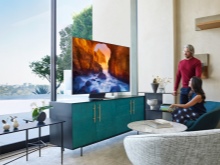

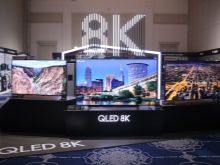
For what QLED technology is and how it works, see the next video.













The comment was sent successfully.